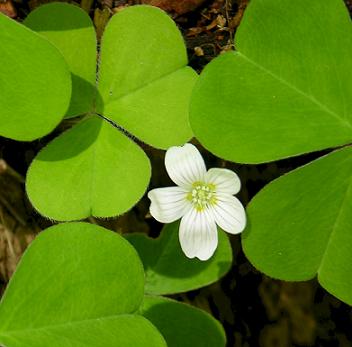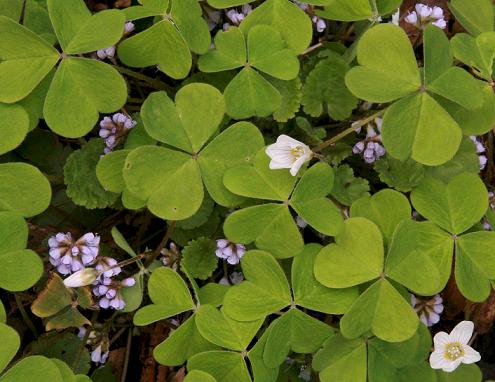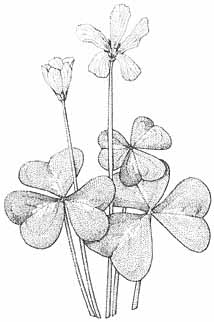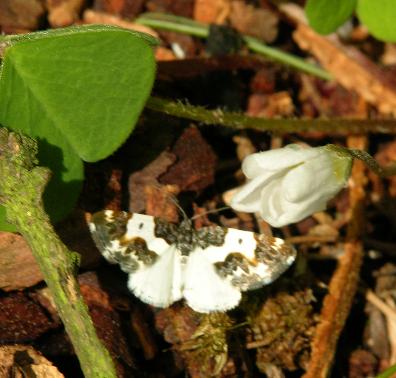|
|
|
Hansen's Northwest Native Plant Database |
|
|
|
Oxalis oregana (Oxalis, Wood Sorrel)
|
 |
||||||||||||||||||||||||||||||
|
|||||||||||||||||||||||||||||||
|
A superb forest ground cover perennial and very companionable with other woodland plants. In the photo below, it has formed a cozy relationship with Spring Queen (Synthyris reniformis)--note the lavendar-pink flowers tucked amid the Sorrel foliage. Synthyris reniformis blooms between February and August. The delicate leaves are similar to clover leaves and grow 2-6” tall. They will fold in on themselves when the sun goes down or on very dark days. Found between BC and California, west of the Cascades (hardy between USDA zones 7-10), Wood Sorrel needs the shade of larger plants. With regular watering it can completely fill in an area. |
|||||||||||||||||||||||||||||||


 |
|||||||||||||||||||||||||||||||
|
|||||||||||||||||||||||||||||||
|
Photos We Share!
|
|||||||||||||||||||||||||||||||
|